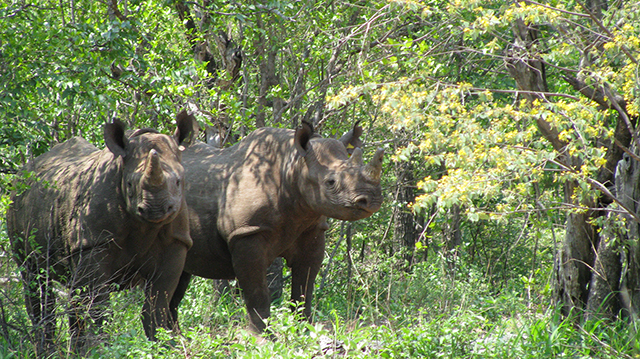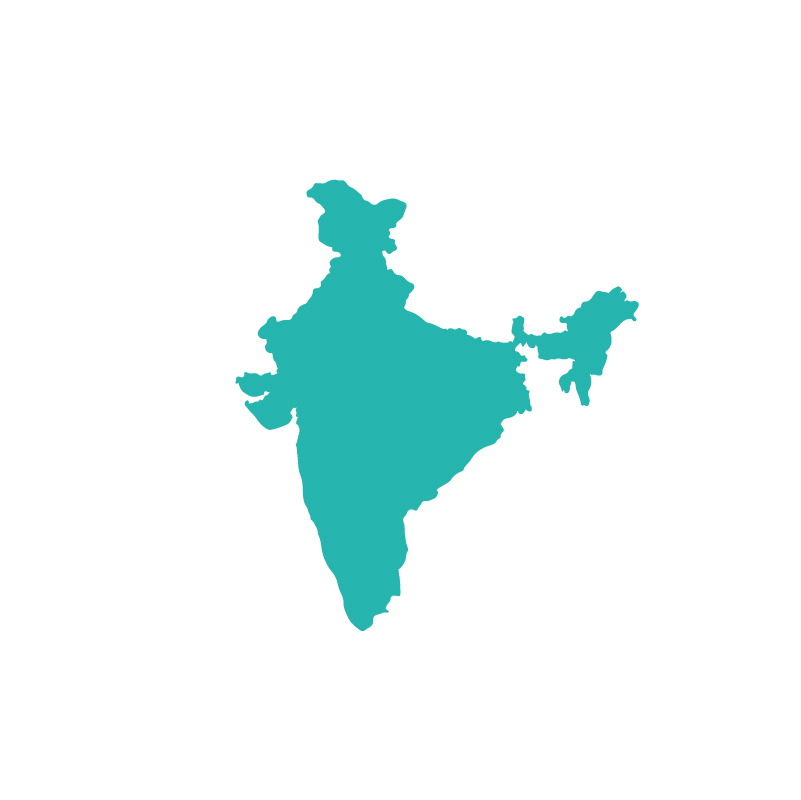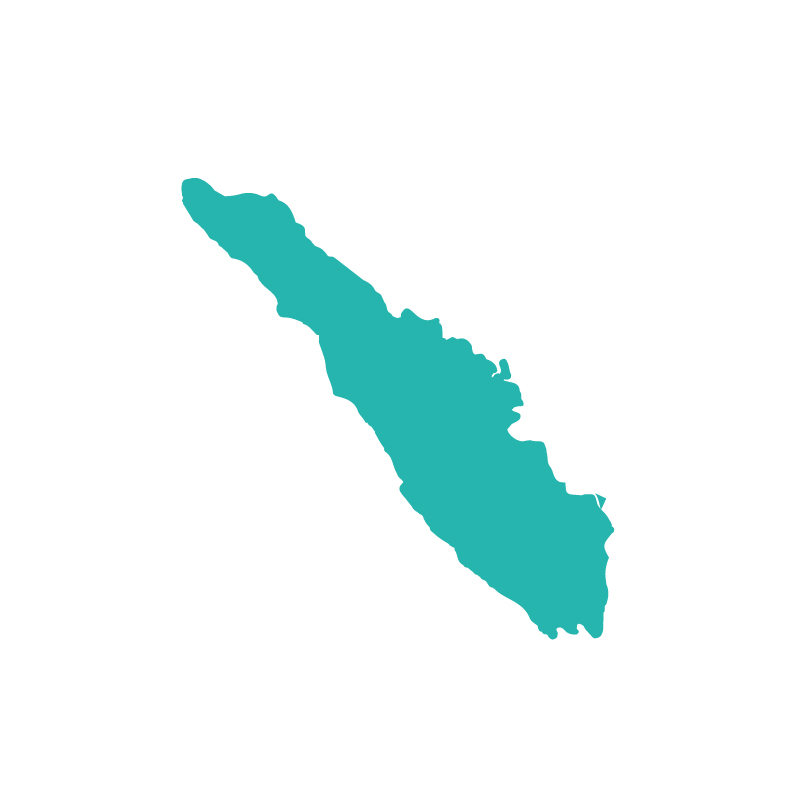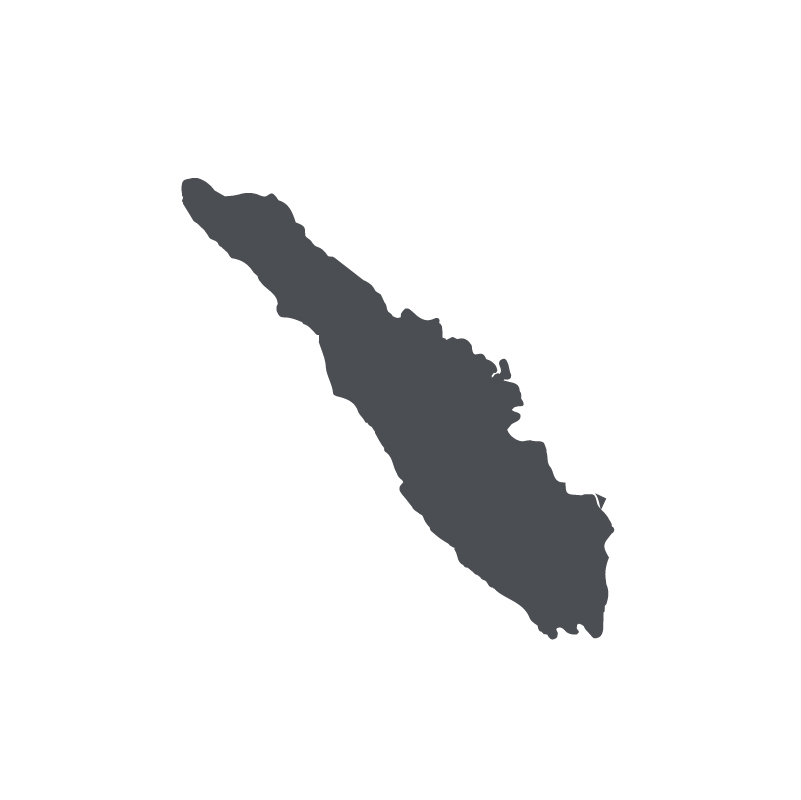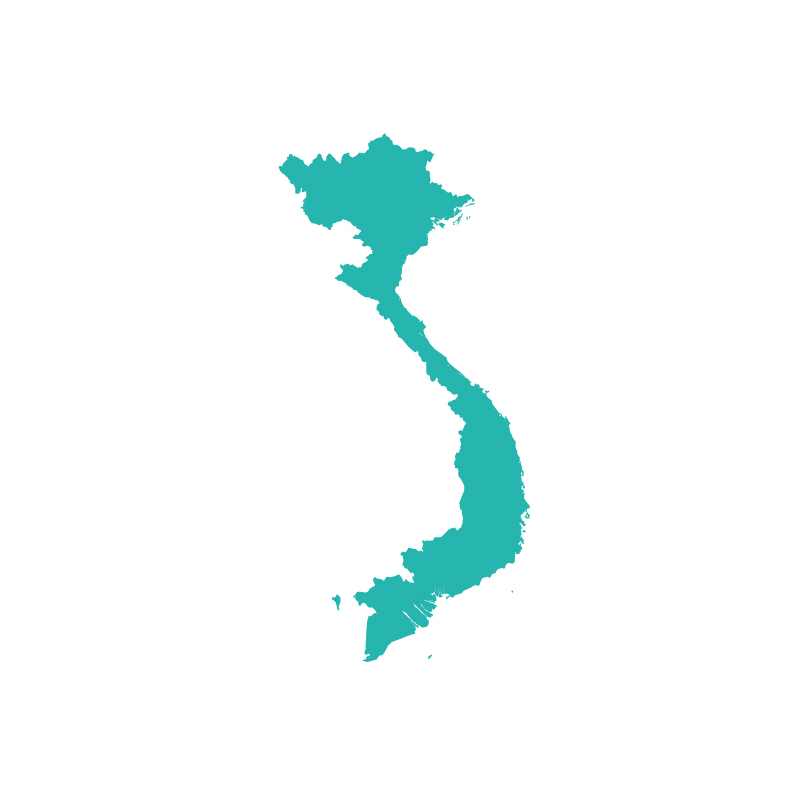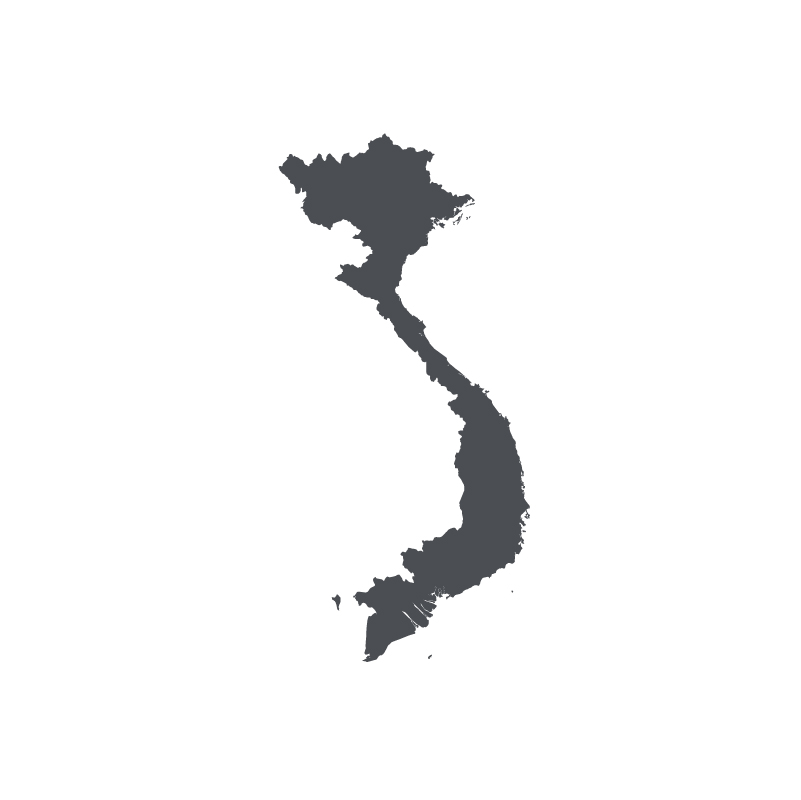IRF works with local partner, The Lowveld Rhino Trust (LRT), to protect and grow Zimbabwe’s largest population of black rhinos through monitoring and anti-poaching efforts, combined with treating, rehabilitating and translocating rhinos as needed.
Zimbabwe is home to the world’s fourth largest black rhino population after South Africa, Namibia and Kenya. Organized gangs of poachers slaughtered nearly one-quarter of the country’s rhinos between 2007 and 2009, and poaching remains the greatest threat today driven primarily by demand from Asian markets, particularly Vietnam and China.
Formerly degraded land that was converted from cattle ranges to wildlife management areas, Zimbabwe’s Lowveld region is now home to nearly 90% of the country’s rhino population. These large land tracts operate as wildlife-based businesses that help safeguard a variety of threatened species.
LRT implements a comprehensive conservation program that tracks and monitors rhinos, treats injured rhinos, rehabilitates and returns injured young rhinos to the wild, provides specialized support for various rhino security and law-enforcement needs as these arise, translocates rhinos from high-risk areas to safer locations, and works with local communities to build support for rhino conservation.
African rhinos can benefit from greater collaboration to combat poaching across borders. LRT is working with TRAFFIC, a leading nonprofit organization combating illegal wildlife trade, to manage wildlife crime data. Partnerships like these will provide long term solutions to protecting white and black rhinos in Zimbabwe.
Rhino Operations in Zimbabwe
Our annual operations in the conservancies include:
- Tracking and monitoring rhinos on a continual basis to ensure their safety;
- Performing annual management operations, such as ear-notching rhinos for easy identification;
- Treating rhinos with injuries suffered due to poaching or natural causes;
- Working with conservancy partners to rescue, rehabilitate and return injured or orphaned young rhinos to the wild;
- Providing specialized support for various rhino security and law-enforcement needs as these arise;
- Protecting rhinos from poachers by translocating animals from high-risk areas to safer locations; and
- Working with local communities to build support for rhino conservation through education and employment.
Latest News from Zimbabwe
Zimbabwe holds the fourth largest population of rhinos in Africa. The country is home to 616 black rhinos and 417 white rhinos. This is the first time that Zimbabwe has surpassed 1,000 rhinos in over three decades. The Lowveld region, which includes Malilangwe, the Bubye Valley Conservancy, the Save Valley Conservancy and the newly restocked Gonarezhou National Park, holds the majority of Zimbabwe’s rhinos.
Zimbabwe has experienced two consecutive exceptional rainy seasons, creating a lush habitat for rhinos and other wildlife. In the first half of 2022, six black and two white rhino calves were spotted in the Bubye Valley Conservancy.
Poaching has also been significantly reduced thanks to intensive monitoring and protection, from a recent high of 77 in 2019 to 10 in 2021. Six poaching incidents have been reported in the first half of 2022. Experts believe that an increase in the illegal trade of gold in Zimbabwe has played a part in reduced poaching for rhino horns, which is viewed as a higher risk activity. Nonetheless, poaching remains the greatest threat for Zimbabwe’s rhinos and protection and monitoring activities must remain strong.
Photo Gallery
Make An Impact In Zimbabwe
Support our Zimbabwe conservation programs by symbolically adopting a black rhino.

